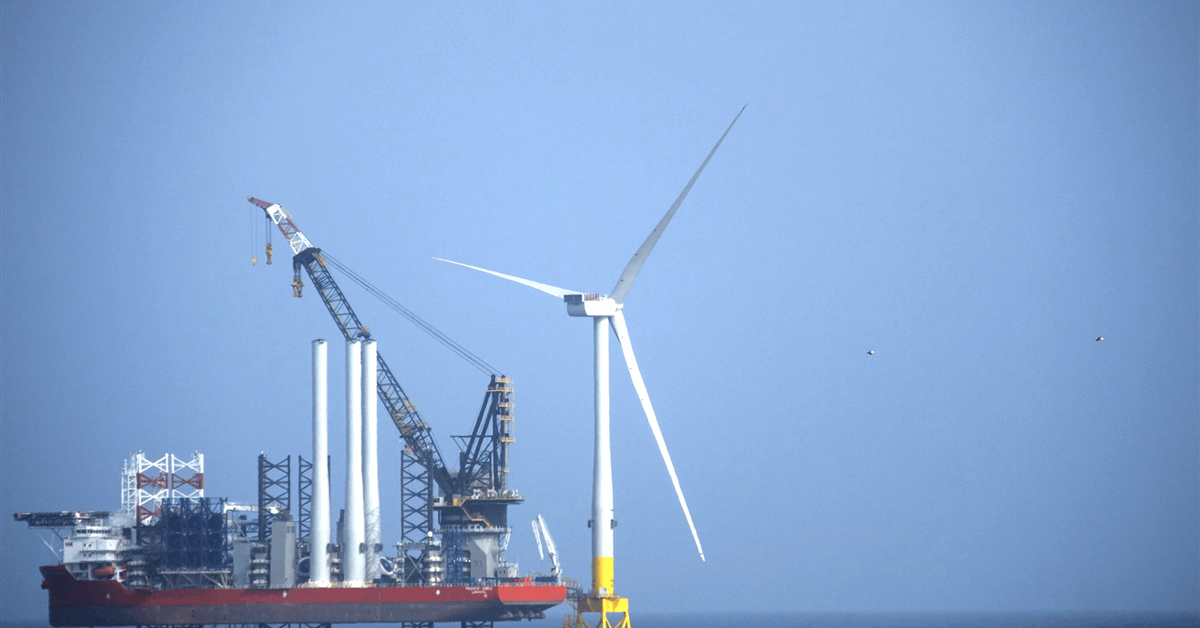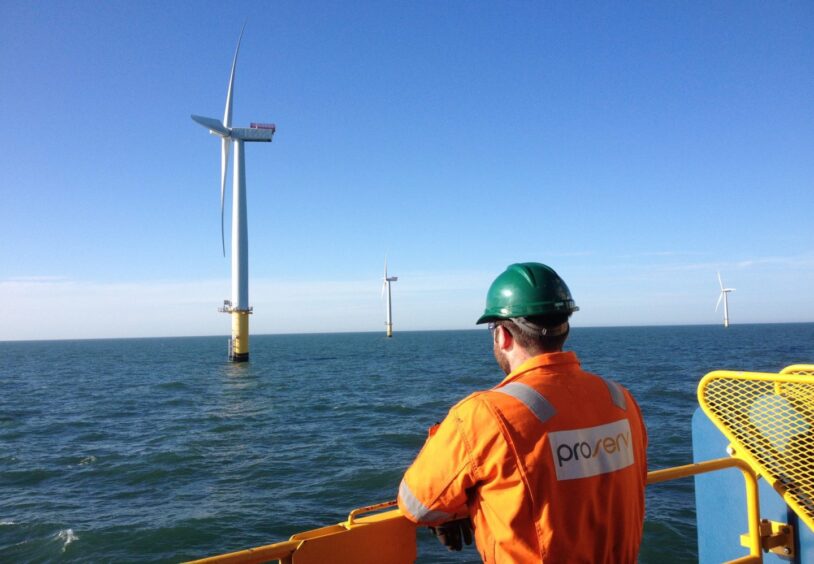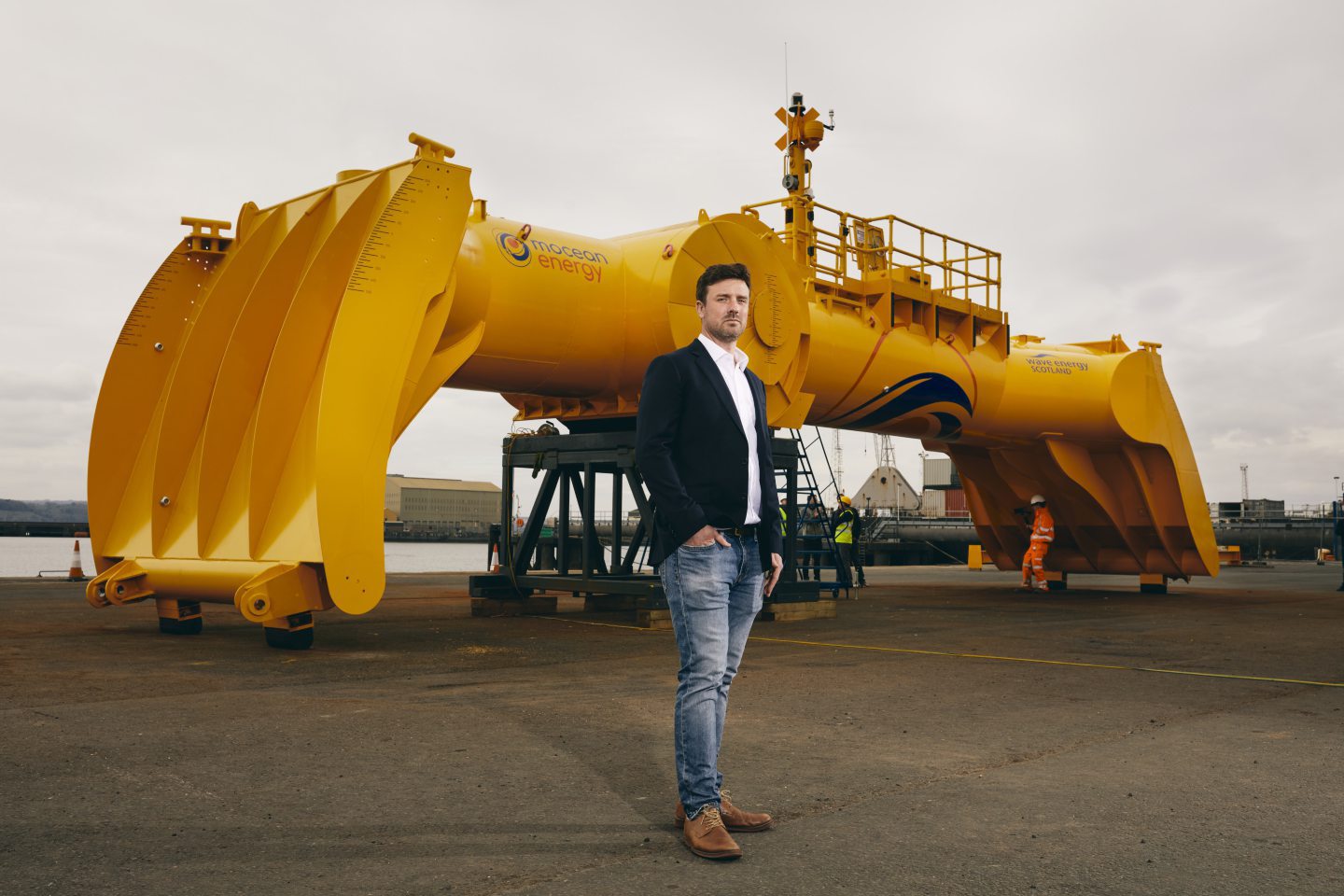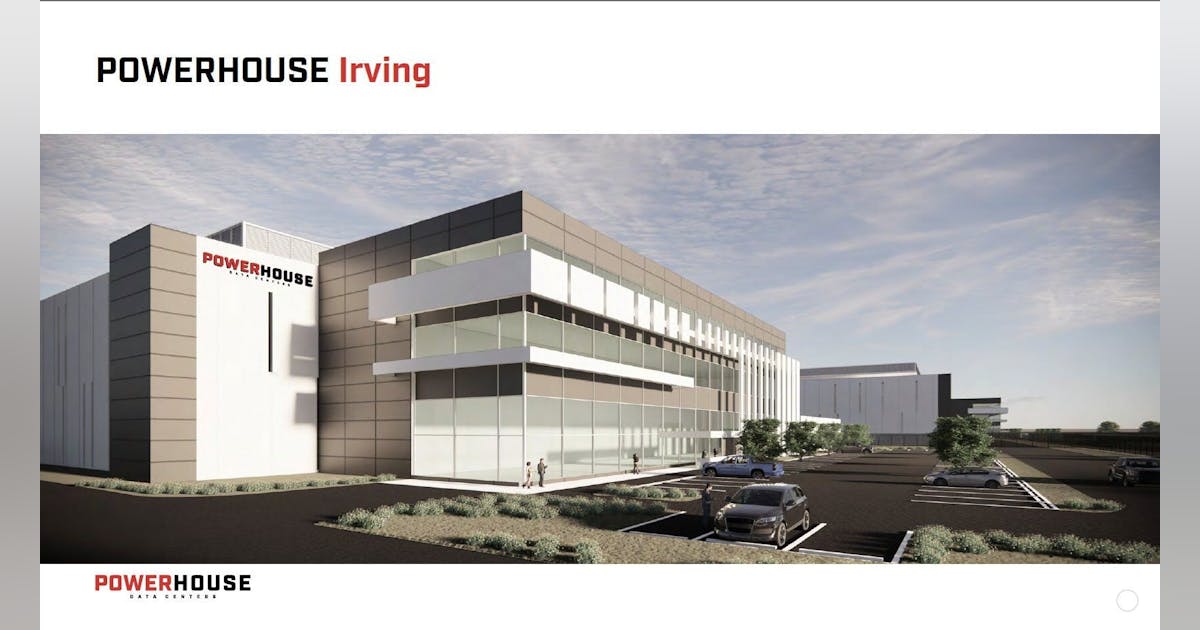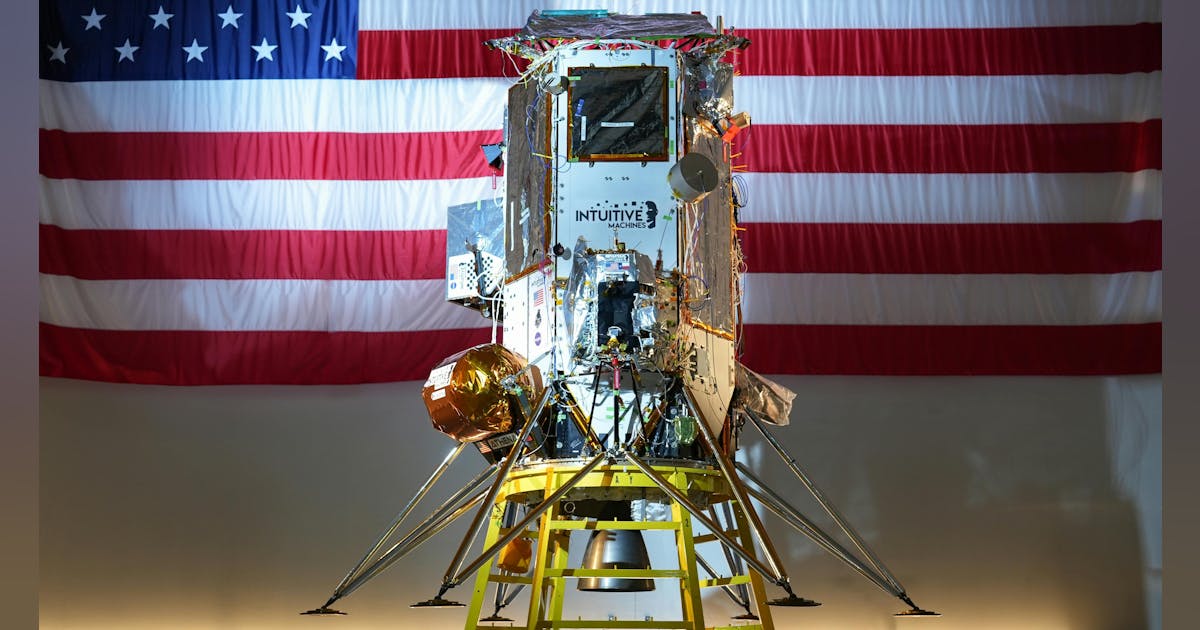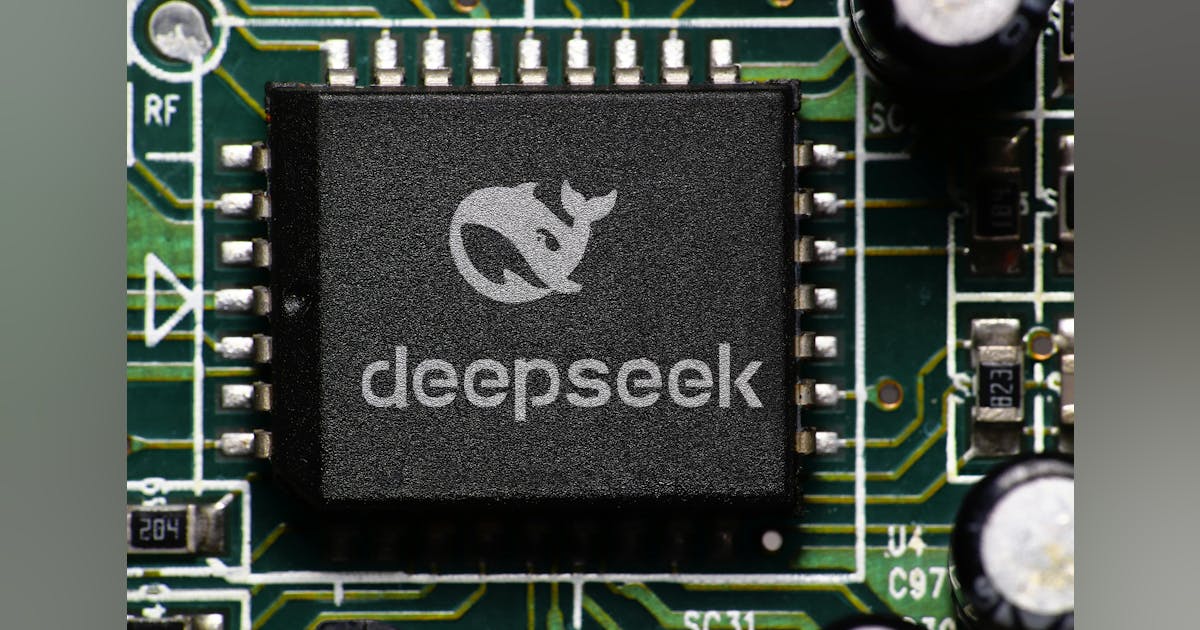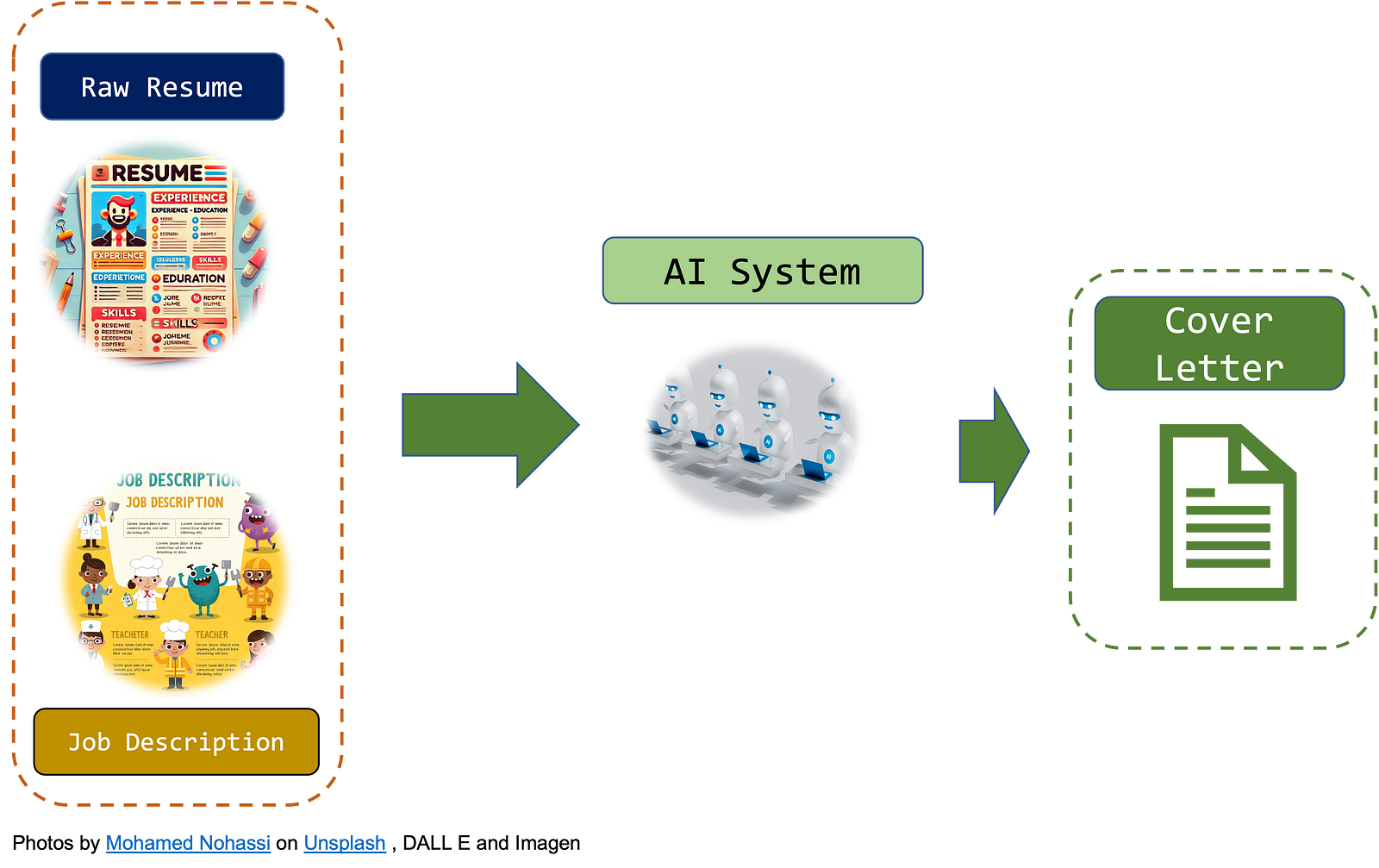
Oil rose in thin end-of-year trading, with investors assessing the outlook for 2025 while tracking developments in the Middle East.
West Texas Intermediate climbed 1.4% to settle near $71 a barrel, while Brent topped $74. A gauge of 10-day volatility for WTI ebbed to the lowest since July.
In the Middle East, Israel struck targets in Yemen that it said were controlled by Houthis, including power stations, ports and the capital’s airport. The rebels have been menacing shipping in the Red Sea, forcing oil tankers onto longer routes around southern Africa.
Crude is on track for a modest annual loss, with trading confined in a narrow band since mid-October. There are widespread concerns the market may be oversupplied next year as China’s demand slows and global production expands, although traders remain cautious about potentially tighter US sanctions against flows from Iran under Donald Trump.
Energy Information Administration data showed US crude inventories fell 4.2 million barrels last week, while US Gulf refinery runs hit a five-year high. The prompt spread on West Texas Intermediate futures — with the nearby contract trading at a premium of more than 40 cents a barrel to the next in line — points to near-term supply tightness.
Oil Prices:
- WTI for February delivery gained 1.4% to settle at $70.60 a barrel in New York.
- Brent for February settlement rose 1.2% to settle at $74.17 a barrel.
What do you think? We’d love to hear from you, join the conversation on the
Rigzone Energy Network.
The Rigzone Energy Network is a new social experience created for you and all energy professionals to Speak Up about our industry, share knowledge, connect with peers and industry insiders and engage in a professional community that will empower your career in energy.
MORE FROM THIS AUTHOR
Bloomberg





